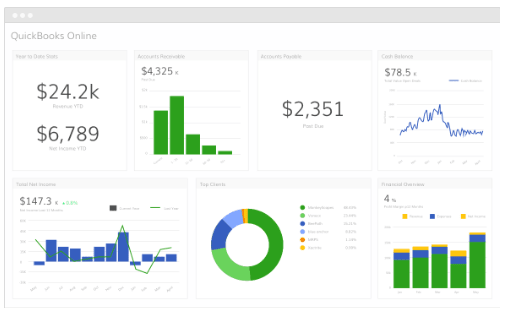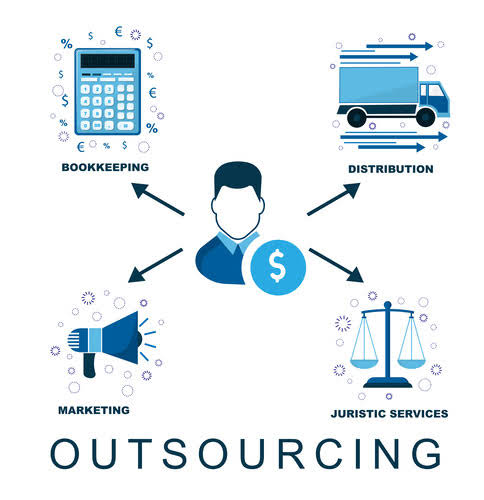
Rick is a highly accomplished finance and accounting professional with over a decade of experience. Specializing in delivering exceptional value to businesses, Rick navigates the complexities of the financial realm easily. His expertise spans various industries, consistently providing accurate insights and recommendations to support informed decision-making. Rick simplifies complex financial concepts into actionable plans, fostering collaboration between finance and other departments. With a proven track record, Rick is a leading writer who retained earnings balance sheet brings clarity and directness to finance and accounting, helping businesses confidently achieve their goals. Request a live demo or start your risk-free trial today to see how BILL can help you improve your small business cash flow management.
Next level cash flow management for small businesses
This includes reconciling bank statements, reviewing financial records, and staying updated on your business’s cash position. Electronic payments, such as credit card and EFT payment, and checks are safer to use compared with cash payments because they reduce theft risk and speed up payments at the same time. Even if credit cards charge processing fees, it’s a small amount to pay for security and convenience. However, the caveat is that delaying payments might cause you to overlook them, potentially leading to late fees or damage to your creditworthiness with vendors. We recommend using one of the best accounts payable software to help track your bills.
- If you’re earning more than that yet money still feels tight, you probably have an issue with your accounts payable, accounts receivable or shortfalls.
- Negotiating with your vendors for more favorable terms is a solid strategy to improve your cash flow.
- It helps to design a simple and clear invoice template, one that’s easy for you to fill out and won’t confuse your clients or lead to mistakes.
- A lack of cash flow is a significant threat to entrepreneurs and businesses of all sizes.
- For example, don’t let your business credit cards run a balance for more than a few weeks.
- But without a solid system for tracking expenses, it’s easy to let valuable tax write-offs slip through the cracks.
Get a Business Credit Card
If you are experiencing negative cash flow, in which your business spends more money than it earns, you will most likely need to optimize operating costs and revenue collection practices. It’s typical for business owners and self-employed individuals to face cash flow issues when implementing numerous strategies. These tools may also assist with automating invoicing, making bill payments, and providing detailed cash flow projections.

How To Track Business Expenses
- Use analytical tools or dashboards to track your cash flow daily, weekly, or monthly.
- An invoice is a request for payment asking the customer to pay the amount within a relatively short time period, such as 14 or 30 days.
- Accounts receivable is the money your business is owed from its customers.
- Planning allows you to spend more time finding a loan with favorable terms or flexibility.
- We collaborate with business-to-business vendors, connecting them with potential buyers.
- Ensure the terms fit your business’s growth plans and cash flow needs.
This is a crucial metric – Nielsen says that for every day the DSO slips, the debt balance increases by $2 million with additional interest incurred of around $100,000 per annum. The Business Cash Flow tool, which can be accessed by customers in the CommBank app, offers a monthly summary of incoming and outgoing cash flow. The tool provides a cash flow summary at a glance and allows comparisons with the previous Legal E-Billing 12 months and a real-time transaction history.

Inventory management tools can help you track inventory levels in real time, alert you when supplies are running low, and even automate orders. This involves predicting the amount of cash that will come in and out of your business in the next month, quarter, or year. A lack of cash flow is a significant threat to entrepreneurs and businesses of all sizes.
- When uncertainty hits, bigger businesses often have cash reserves to ride out the bad times.
- This article will explain what cash flow management is and why it’s important.
- For example, a more complex cash flow formula would look like the following example.
- This blog delves into providing small businesses with valuable insights into effective financial management strategies, helping them ensure financial health and growth.
- According to the IRS, a deductible business expense must be ordinary and necessary for running your business.
- It provides a structured financial plan that guides spending and income.
- Efficient supply chain management further streamlines operations, reducing lead times and inventory costs.
Establish financial protocols and plans
You can use your cash flow statements to do a cash flow analysis and try to see whether there are any recurring expenses that you could cut back on. Cost-cutting opportunities often include leasing equipment instead of buying, outsourcing tasks, cancelling unused subscriptions, and automating processes. To stay on top of your finances, you need to keep track of every incoming and outgoing funds.

How Bookkeeping Can Help You Stay Tax-Ready
Mixing cash flow management strategies for small business personal and business funds and expenditures will make it difficult to track where money is coming from and where it’s going. If you’re running a small or midsize business (SMB), it can be tempting to put everything into your day-to-day operations. After all, that extra capital can often go a long way in helping your business grow. You want to ensure that your business and personal finances are in good shape. Business News Daily provides resources, advice and product reviews to drive business growth.

With Finmark, you can easily monitor cash flow and forecast your future cash flow position. Our intuitive financial planning tool helps you see where you stand today and plan for what might happen tomorrow. Managing cash flow can be overwhelming, and it’s okay to ask for help. Consider working with an accountant or bookkeeper who can help you with budgeting, forecasting, and cash flow management. Start where you are and set a goal to have one month of expenses in your business savings account. As your business’s financial health improves, you can set aside more cash and build reserves.
